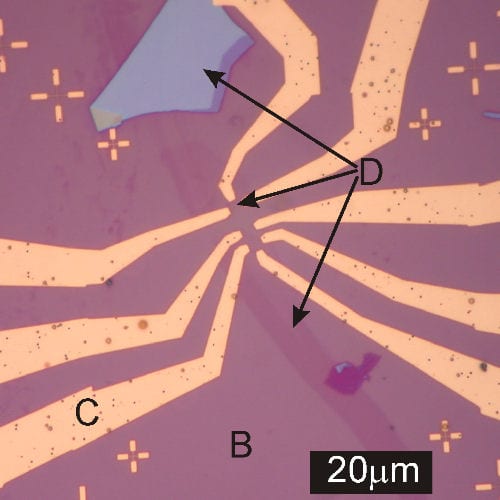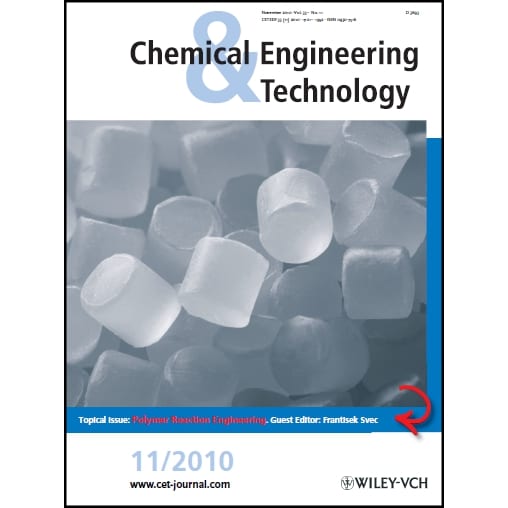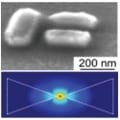Nobel laureate Kostya Novoselov and his team open up graphene-based nanoelectronic devices by scanning probe lithography.


Nobel laureate Kostya Novoselov and his team open up graphene-based nanoelectronic devices by scanning probe lithography.

New special issue on cutting edge developments in the field of polymer reaction engineering.
So who owns nanochemistry? Should “all” the credit be given to chemistry pioneers of the past 20-30 years or were the foundations of nanochemistry already laid in the field of colloid chemistry, the origin of which can be traced to a century earlier?
The remarkable properties of graphene and Teflon have been combined in a new material by the winners of this year’s Nobel Prize for Physics.
Progress towards multifunctional biomedical applications for silica-based nanoparticles is described by Prof. Taeghwan Hyeon

A recent concept article gives a round-up of how nanoplasmonic technology can be employed to control optical properties by use of appropriately shaped nanostructures.
As Professor Geoffrey Ozin from the University of Toronto reminisces on helping to develop a nanoscience degree program, he ponders on our need for nanoscientists.
Researchers at the University of Texas have fabricated biodegradable, nanobarcodes of silicon. The porosity of the silicon structures enables their applications in bioengineering, energy storage, and drug delivery systems.
Professor Martin Pumera shares his thoughts on the accurate identification of graphene and its related structures in research.
Progress in using quantum dots for in vivo imaging: for the first time, a systematic biodistribution study of silica-coated quantum dots is reported.